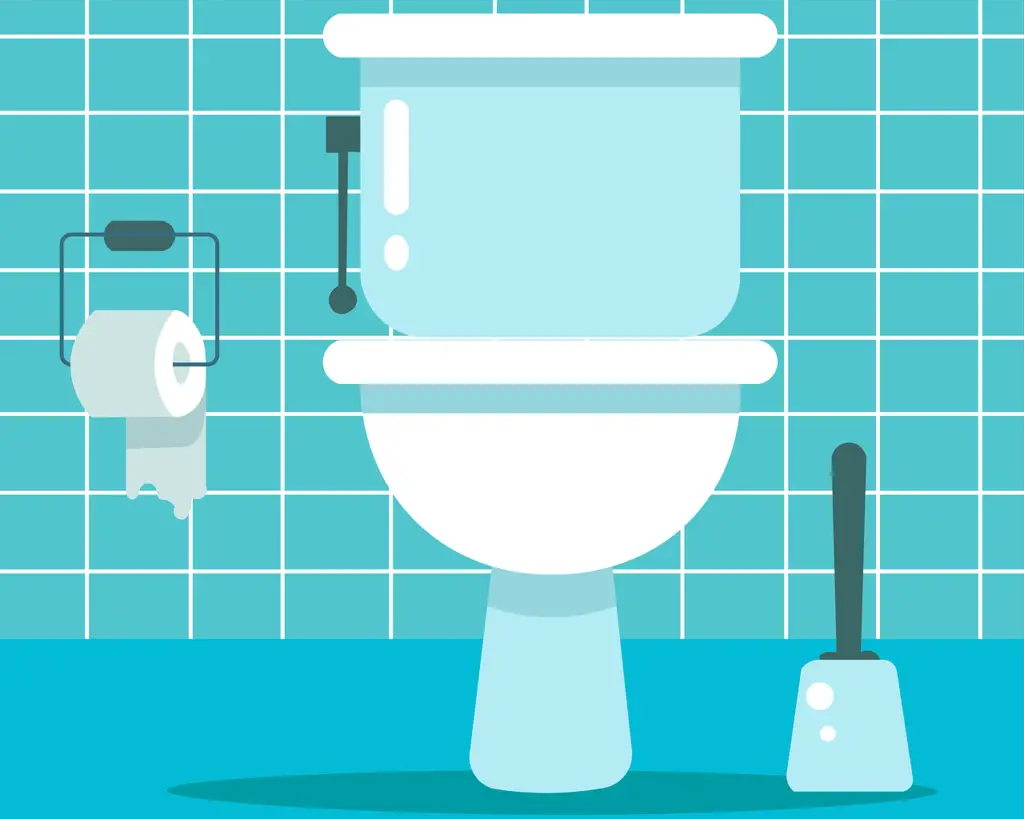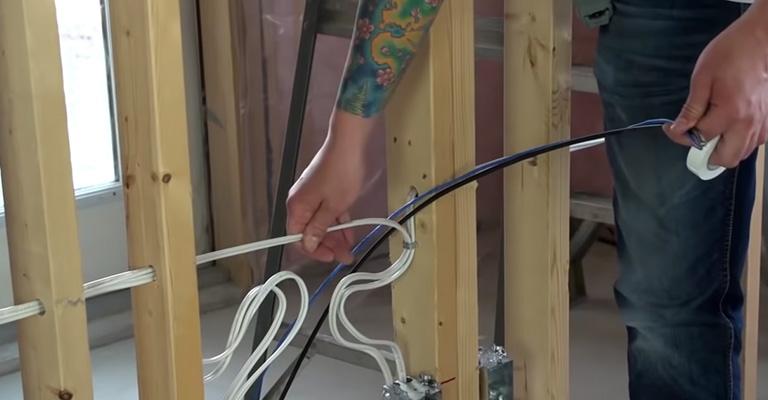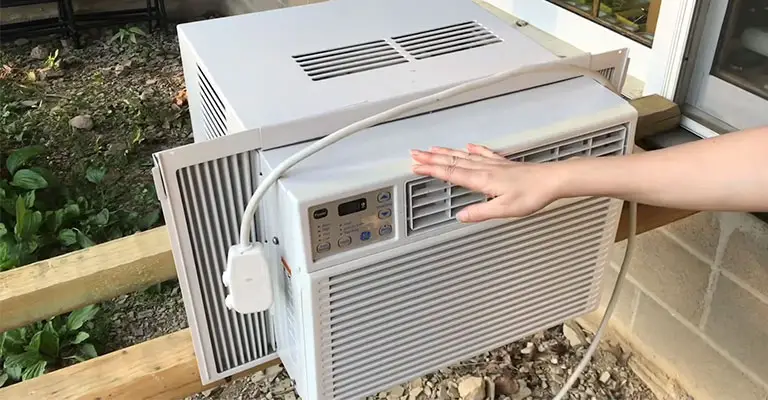Exploring the Unusual Practice: Putting Fabric Softener in Toilet Tank

In the vast realm of home hacks and DIY tips, there are plenty of surprising tricks that float around. One such unconventional method that has sparked curiosity and debate alike is the use of fabric softener in the toilet tank. This unique practice may seem offbeat, but it has its share of supporters who advocate its use for a variety of reasons. In this article, we explore the notion of fabric softener in a toilet tank, its perceived benefits, potential drawbacks, and whether or not it’s a good idea.
What’s The Fuss About Fabric Softener in Toilet Tanks?
Fabric softeners are designed to make your clothes feel softer, reduce static cling, and often add a pleasant fragrance. They are not typically associated with plumbing or toilet maintenance. However, some DIY enthusiasts believe that adding a splash of fabric softener to the toilet tank can serve a dual purpose – to help keep the toilet bowl clean while also adding a fresh scent to the bathroom with every flush.
The Proposed Benefits of this Practice
There are two primary reasons why people consider adding fabric softener to their toilet tanks.
Fresh Scent
Fabric softener’s inherent fragrance can be distributed throughout the bathroom with each flush, acting as an automatic air freshener. This could potentially eliminate or lessen the need for separate bathroom air fresheners.
Cleaning Action
The surfactants in fabric softeners, designed to penetrate and soften fabrics, are believed by some to help keep the toilet bowl cleaner by minimizing build-up of grime and limescale.
The Potential Drawbacks and Risks
Despite the purported benefits, there are significant drawbacks to consider:
Damage to Toilet Components
The chemicals in fabric softeners are not designed for plumbing systems. They can potentially corrode the rubber seals, valves, and other components inside your toilet tank, leading to leaks or even more significant damage.
Environmental Impact
Toilet water eventually makes its way into the environment, either via wastewater treatment plants or septic systems. Fabric softener is not designed to be environmentally friendly and can cause harm to water ecosystems when introduced in high volumes.
Septic System Damage
For homes with septic systems, fabric softeners can interfere with the bacteria that break down waste, disrupting the functionality of the system.
Health Risks
The fragrances in fabric softeners are created from various chemicals that, when inhaled or exposed to the skin, can lead to allergies or other health issues in some people.
Professional Plumbing Advice
Most professional plumbers and experts in the field advise against the use of fabric softener in the toilet tank. While it may seem like a quick fix for a fresh-smelling bathroom, the risks associated with this practice far outweigh the potential benefits. Instead, professionals recommend regular toilet cleaning with products specifically designed for toilet care and plumbing systems.
Alternatives to Fabric Softener in the Toilet Tank
For those seeking the benefits of a fresh-smelling bathroom and a clean toilet bowl without risking potential damage, there are alternatives:
Toilet Cleaning Tablets
These tablets are specifically designed to clean toilet tanks and bowls. They help reduce limescale and grime, and many also include a fresh scent. Make sure to choose a product safe for your type of plumbing system.
Automatic Air Fresheners
These can keep your bathroom smelling fresh without posing a risk to your plumbing. There’s a wide variety available, from plug-in units to spray dispensers.
Natural Alternatives
Baking soda and vinegar, for example, can be used to clean toilets and deodorize the bathroom without harmful chemicals.
Dispelling Myths: Understanding What Your Toilet Tank Needs
The key to maintaining the integrity and longevity of your toilet tank is understanding its needs and functions. It’s easy to fall into the trap of believing that unorthodox methods like using fabric softener could be a miraculous, money-saving trick. However, your toilet tank doesn’t need these types of ‘hack’ solutions. It just needs regular maintenance and cleaning with the appropriate products.
Regular Maintenance is Key
Toilets, like any other home fixture, require regular maintenance. With the proper routine, you can prevent many common toilet problems, such as slow filling, continuous water running, or corrosion. Here are some recommended practices:
Routine Checks
Regularly check your toilet tank for any signs of wear or damage. This can include inspecting the flapper, fill valve, float, and overflow tube.
Clean Routinely
Regularly clean your toilet bowl with products made for that purpose. Remember, a clean toilet is more than just visually appealing—it also functions better and lasts longer.
Flush Only Toilet Paper
Avoid flushing anything other than toilet paper down the toilet. Other materials can cause blockages and damage the system.
Professional Inspection
It’s a good idea to have a professional plumber inspect your toilet and overall plumbing system periodically. They can spot potential issues early, saving you time, money, and inconvenience down the line.
Educate Yourself
Before deciding on any DIY trick or hack, it’s essential to educate yourself. Understanding your home’s plumbing system and the potential impacts of various products or methods can save you significant headaches in the future. If you’re ever in doubt, always consult a professional plumber or trusted home maintenance resource.
Conclusion
It’s essential to understand that your laundry room and bathroom each have their unique needs. Liquid fabric softeners and laundry detergent pods are fantastic for making your clothes soft and smell amazing, but they belong in your washing machine drawer, not in your toilet system. On the other hand, proper cleaning practices and specific products can keep your flush toilet working efficiently and your toilet smelling fresh.
Just as pouring cooking grease down your sink drain can harm your kitchen plumbing, using laundry detergent or liquid fabric softener in your toilet tank can have a similar damaging effect. This seemingly clever cleaning hack might appear like an easy route to a fresh-smelling bathroom, but it could compromise the efficiency and longevity of your toilet system.
In essence, the key to maintaining a clean, efficient home is to use each product as intended. Your washing machines and toilets have different functions and require different care routines. Stick to using liquid detergent and fabric softeners for your laundry needs, and rely on products specifically designed for toilet care to maintain a clean, fresh bathroom. This way, you’ll ensure the longevity of both your laundry and toilet systems while keeping your home smelling amazing.





